Murchison Falls National Park, the oldest and largest national park in Uganda with a total area of 3,893 square kilometres, is located in the northernmost part of the Albertine Rift Valley. In a 1926 gazette, the government of President Idi Amin Dada declared it as the Kabalega National Park. The stunning Murchison Falls, the most powerful waterfall in the world and the only one of its kind on the Nile River, are created when the Victoria Nile splits the national park in half. Between 615 and 1187 metres above sea level is where the park is situated. It is located where the famed Acholi plain and the spectacular Bunyoro escarpment meet, and it is home to over 451 bird species, 76 mammal species, and greenery.
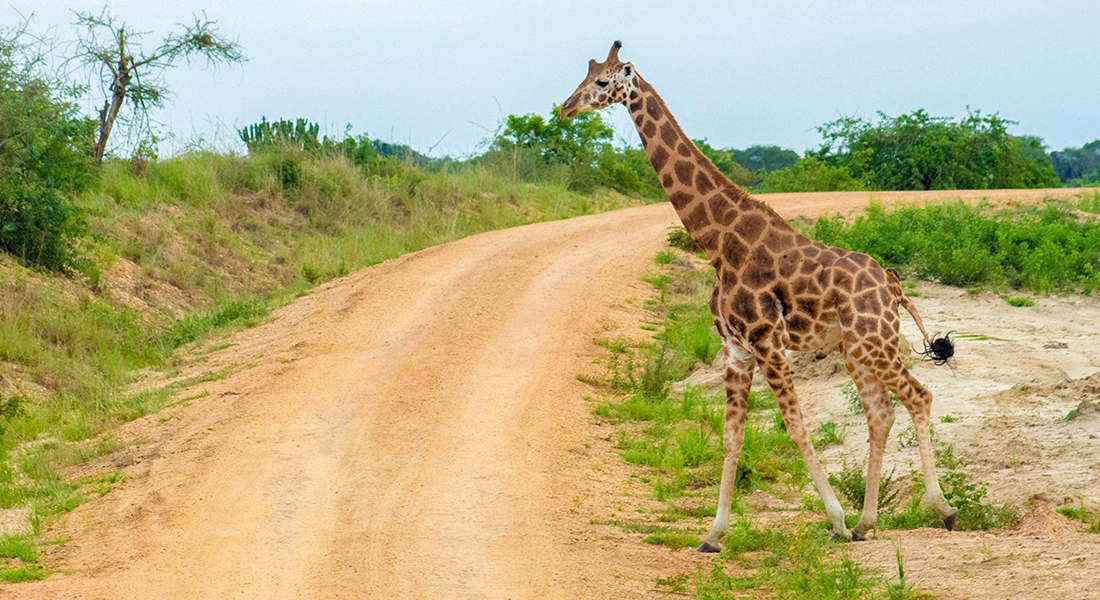
The Victoria Nile provides breathtaking views of the national park. The park’s vegetation includes grassland, borassus palms, acacia trees, riverine woods in the north, and bush and forest in the south. One of the best sites to watch wildlife is here, where you may frequently witness warthogs, hippos, Nile crocodiles, Jackson Harte animals, Uganda Kobs, giraffes, and a variety of bird species including the African fish eagle, sunbirds, and king fishers. On a good day, you could even get to see the fabled shoe bill. The Murchison Falls National Park includes the Kanio Papidi, where you may witness a variety of tree species, primates including chimpanzees, and olive baboons.
The Bugungu, Karuma, and National Park are all administered by the Uganda Wildlife Authority as part of the Murchison Falls National Park Conservation Area, which also includes the districts of Nwoya, Gulu, Buliisa, Kirandongo, and Masindi. The national park is the only park where it is possible to observe the big five, which are lions, elephants, buffalos, leopards, and rhinoceroses. It is one of the top tourist sites in the nation and receives large numbers of people. In the beginning, rhinos were present in Murchison, but over time and as a result of extensive poaching in the 1990s, they became extinct. However, you can still see rhinos on the way to Murchison at the Ziwa Rhino Sanctuary, which was built to safeguard the few species of white rhinos that were relocated.
The national park offers a variety of activities, including chimpanzee tracking in the Budongo forest, birdwatching, game drives along the northern bank of the Nile in search of national park species, nature walks, and trekking to the top of the falls. A boat may be taken upstream to the base of the falls and to the Victoria Nile; these tours leave from the para in the morning and the afternoon. The Nile length offers a remarkable chance for a leisurely boat trip down the longest river in the world. The Nile divides the park, therefore getting across it requires taking a boat from one location to another, which operates from 7 am to 7 pm.
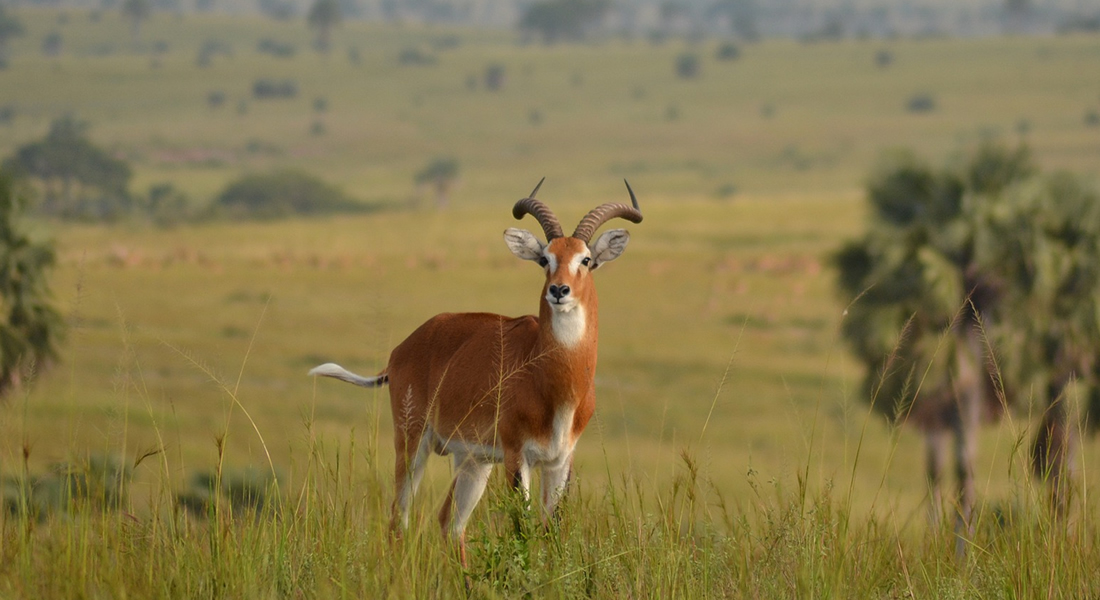
The best time to visit is in the dry months of December through January and June through mid-September. During these months, it is simple to go on game drives and the trails for chimpanzee tracking are simpler and less slick. This period is also the busiest time of year for the national park. The park is at its most picturesque between the months of March through May and September through November, when there are many of birds and lush flora. At the national park’s entry locations, entrance fees are levied.
It takes around 5 hours to go there by car from Entebbe, and charter flights may be arranged from either city to the closest airport, Pakuba. Murchison Falls National Park is situated in northern Uganda and is open all year round. Travellers may choose from a variety of lodging options, from the most affordable to the most luxurious, including the Paraa Safari Lodge, tree houses, Budongo Eco Lodge, Pakuba Safari Lodge, and Chobe Safari Lodge, among others. Prior reservations for chimpanzee permits are possible, and it’s recommended to wear boots, long sleeved pants, boots and any other equipment needed for a Ugandan safari.
Tourism Activities in Murchison Falls National Park.
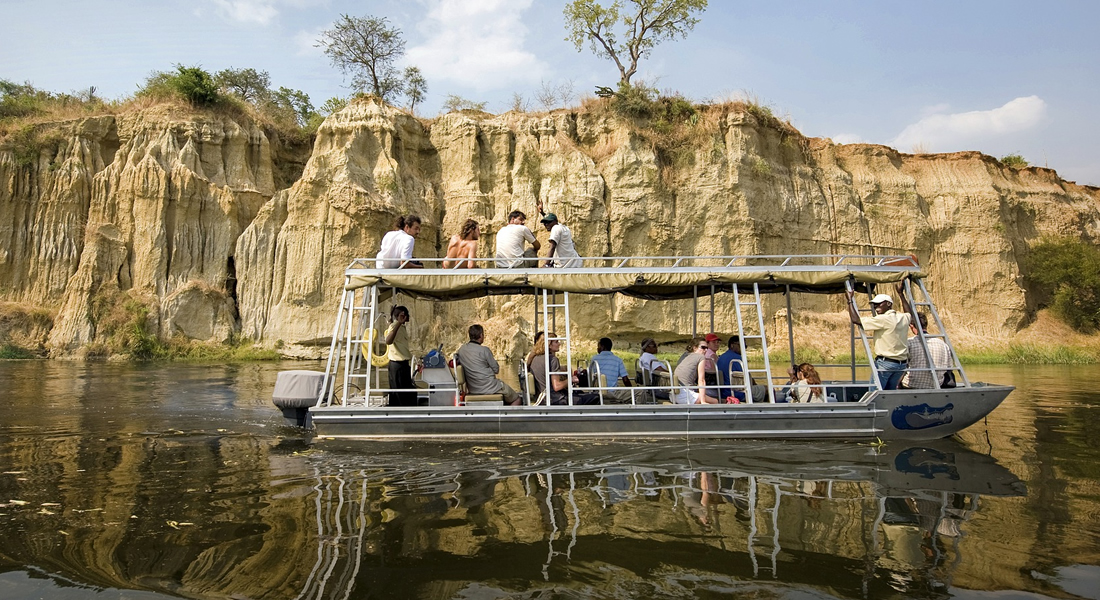
The national park is one of the most selling destinations in Uganda. It is one of the rare places to see all the big five including lions, elephants, buffaloes and leopards, it contains a rich biodiversity of animal and plant species from the savannah grasslands, borassus palms, tickets and bushes, riverine woodlands and forests, throughout the national park are a number of activities visitors can engage in as below:
Early morning game drives are offered at Murchison Falls National Park to catch the early risers, which allows visitors to observe a wide variety of animals, birds, and butterflies. The Rothschild’s giraffe, Uganda Kobs, Jackson Harte beasts, elephants, lions, water bucks, bush bucks, warthogs, hippos, Nile crocodiles, cape buffalo, and Oribi in other species are among the animals that can be spotted while travelling through various game routes and tracks in the park. The park’s vegetation is made up of woodlands, forests, wetlands, thickets, rivers, and bushes.
The presence of the Nile River provides the opportunity to cruise on it. Launch trips are conducted in the mornings and afternoons leaving from the Paraa area. Private trips can be organised by the management for different times along the Nile. Many hippos, crocodiles, and water birds like cormorants, ducks, and king fishers can be seen during the activity, which lasts for two hours touring the Nile. On a lucky day, the famous shoe bill will also be sighted.
There is an option to hike to the top of the falls from the boat; in this case, one must plan with their tour driver for pickup from the top of the falls. This hike is impressive as you walk while hearing the mighty roar of the Murchison falls, but it requires physical fitness to handle.
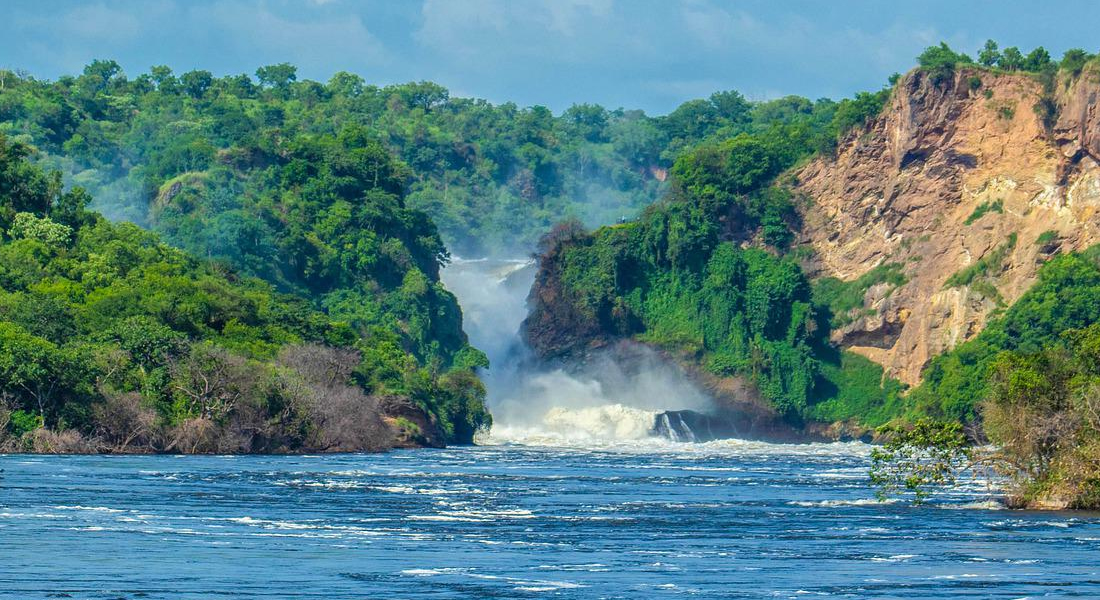
The African fish eagle, Abyssinian ground horn bill, nightjars, marabou stock, grey crowned cranes, shoe bill, goose ducks, and king fisher are just a few of the 451 species of birds that can be found in Murchison Falls National Park, one of the best birding locations in the country. These birds can best be spotted on game drives and along the Nile delta region, where the Nile empties into Lake Albert.
On foot, visitors can take scenic routes through the Kaniyo Pabidi and Rabongo forests, where they can see primates and birds in their natural habitats. There is also a good chance of seeing the renowned shoebill in the lake Albert delta region.
The Mubaku, Banyoro traditional village, for example, showcases its cultural features of tourism through traditional dances and performances, community artisan stores, and locally created wooden sculptures during community walks and cultural encounters in the Murchison Falls National Park.
Bookings are made through the Uganda Wildlife Authority to track chimpanzees and other primates like spotted olive baboons, vervet monkeys, and black and white colobus monkeys among others. Chimpanzees in the Budongo Forest, also known as the Mahogany Forest, nest up in the trees and coexist with other primate species.
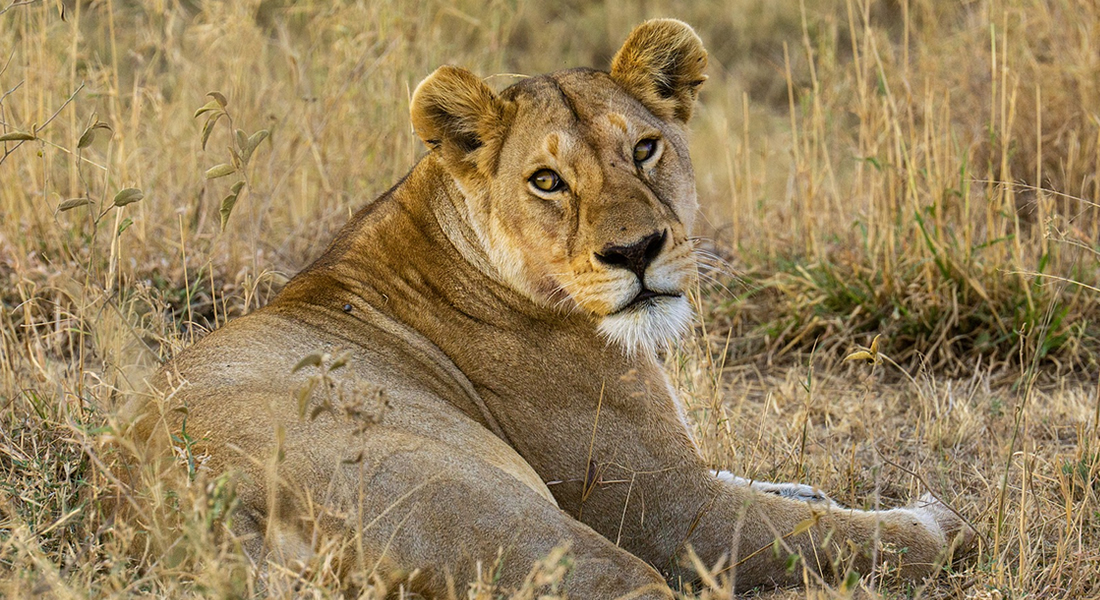
The Uganda Wildlife Authority oversees the park’s management, which means that entrance fees must be paid to the organisation in order to enter the area at any time of year. The best times to visit the park are during its dry seasons, which are also its busiest travel times. It is Uganda’s most popular national park, receiving the most visitors of any national park in the country.
Tourism Attractions in Murchison Falls National Park
Murchison Falls National Park is situated in the northern region of Uganda. It is one of the oldest and largest conservation areas, having been established in 1926 and covering an area of 3,893 square kilometres. Originally known as Kabalega National Park by the late Idi Amin Dada, it is named after the famous Murchison Falls. More than 76 different animal species, including lions, buffalo, warthogs, elephants, giraffes, waterbucks, leopards, and Nile crocodiles, live there, along with more than 451 different bird species. The Albertine Rift Valley’s northern floor contains the park, which is divided into two by the Nile’s peacefully flowing into Lake Albert. The park extends to the Bugungu and Karuma game parks, which are all controlled by the Uganda Wildlife Authority.
The Murchison Falls, also known as the Kabalega Falls, is the most notable attraction in the Murchison Falls National Park. Situated along the Victoria Nile, it is the most powerful waterfall in the world. The water pushes itself through a narrow slit in a rock before falling with a thunderous roar. A variety of animal species live along the banks of the Nile and in the water, including Nile crocodiles and hippos, and the national park gets its name from the enormous waterfall that was first seen by Sir Samuel Baker and his wife Florence. There are climbs to the top of the falls and boat trips to the bottom of the falls.
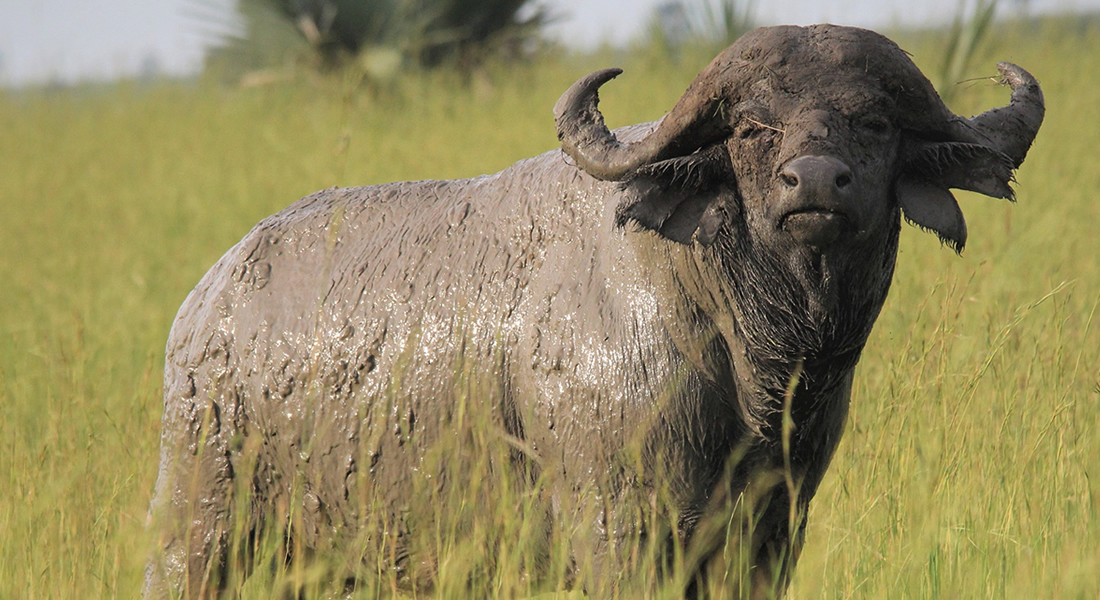
It boasts 76 mammal species, including elephants, lions, leopards, warthogs, buffaloes, Jackson Harte beasts, oribi, waterbacks, bushbacks, giraffes, primates like chimpanzee and the olive baboons to name a few, and over 451 bird species, some of which are endemic to the Albertine rift valley. The national park also has beautiful flora and fauna. The park’s vegetation is made up of thicket and riverine woods, borassus palms, acacia trees, open savannah, and rivers.
In addition to having 9 primate species, including the chimpanzee, 26 mammal species, and more than 300 species of birds and butterflies in the northern part of Uganda, Budongo Forest is also known as the Mahogany Forest of East Africa. Chimpanzee tracking is done in the Budongo Forest, which is also the only place to see mahogany in Murchison Falls National Park and many other tree species.
Karuma Falls, one of the most magnificent sights, are situated along the Masindi-Gulu route. The name Karuma, which translates to “the great spirit,” is used locally. The area, which lies on the eastern edge of the Murchison Falls National Park, is made up of a series of naturally stunning rocks that are developing at the foot of the Victoria Nile.
The Nile is the longest river in the world and flows through the largest national park in Uganda. There are many activities that can be done at the Nile, including a boat cruise to the bottom of the falls, which offers excellent views of animals that come to the river’s banks to graze and drink water while others, like the Nile crocodiles and hippos, remain in the water.
A number of wildlife species call the Kanio Pabidi forest, which is a part of the Murchison Falls Conservation Area to the south, home. Primates like chimpanzees, black and white colobus monkeys, and olive baboons can be found here. Other mammals include elephants and buffaloes. It also serves as a habitat for the birds of the Murchison Falls National Park.

The Paraa area, which is on the northern bank of the River Nile and is referred to as the “home of hippos” in the local language, is a significant part of the Murchison Falls National Park. It is here that most activities, such as game drives, hikes to the top of the falls, game viewing along the river’s banks, and, most importantly, the ferry crossing that allows visitors to enter the national park as a whole, take place.
The Lake Albert Nile delta area, where the Nile empties into the lake, is a haven for many birds, including the African fish eagle, egrets, goose ducks, and home to some aquatic life. On a lucky day, one might even see the fabled shoe bill in this area.
It is best to visit Murchison Falls National Park in the dry months of December through February and June through mid-September because there is little rain during these months. The park is situated in the northern part of Uganda, about 5 hours by car from Entebbe. Due to the unpredictability of Uganda’s weather, which might rain at any time of year, it is advised to travel with boots, long sleeved clothing, bug repellents, and any other essential personal travel papers and goods. The best lodging options, from upscale to modest, are found in the parks.
Where to Stay in Murchison Falls National Park
The majestic Murchison Falls are in the Murchison Falls National Park, which lies in northern Uganda. The park is also home to 79 species of animals and over 451 species of birds. Originally known as Kabalega National Park under the reign of the late Idi Amin Dada, the park’s name was changed back to Murchison Falls National Park after his overthrow. The park was established in 1926 and is maintained by the Uganda Wildlife Authority along with the Bugungu and Karuma game reserves. It has a total size of 3,893 square kilometres and is situated between 615 and 1187 metres above sea level.
There are many lodging options in the park, from the most luxurious to the most affordable. Some of the facilities are on the northern or southern banks of the national park, while others can be reached outside the surrounding communities, primarily in the Pakwach district. The following are some recommendations for places to stay in Murchison Falls National Park.
The Nile Safari Lodge is a high-end establishment that provides travellers with exclusive lodging. It has 10 private, lovely chalets that look out over the Nile and have en-suite bathrooms. Other amenities at the lodge include a restaurant, bar, swimming pool and a camping area for more adventurous visitors.
The Paraa Safari Lodge is a luxurious establishment that provides comfortable lodging for park visitors. It is situated near the river Nile in the northern section of the national park, where boat cruises to the base of the falls start and where the ferry that crosses the river docks. At the Paraa Safari Lodge, every accommodation includes an en-suite bathroom with complete privacy and a private terrace.
The name Bakers Lodge comes from the European explorer Sir Samuel Baker, who made the first discovery of the Nile’s falls. The lodge is located on the southern bank of the river, set with a private area with access to the river, and each of the individual thatched safari tents is raised from the ground, maintaining maximum privacy in the large, airy rooms.
The Murchison River Lodge is located opposite the southern bank of the Nile and offers breath-taking views of herds of hippos in the river. The cottages are grass thatched and have individual bathrooms attached. Due to its proximity to the river, the lodge provides cosy camping tents and welcomes guests who wish to bring their own tents. Visitors may take boat excursions and watch various animal species and bird species as dusk falls.
The Chobe Safari Lodge, a five-star property that is immediately across from the Nile with breath-taking views of hippos and birds, is well situated in the Murchison Falls National Park. The main lodge houses the lounge, reception, restaurant and bar area. The lodge offers a three-layered outdoor swimming pool. It is located 20 km from Karuma Falls.
One of the best lodging options in the Murchison Falls National Park is the Fort Murchison River Lodge, which is located on the northern edge of the park’s boundary and overlooks the Albert Nile. The lodge is a top choice for archaeologists because it was constructed using an ancient Swahili design, and its standard rooms include built-in bathrooms and flush toilets. Its restaurant serves a variety of deftly prepared dishes.
There is a very high chance of seeing animals even while at the lodge, such as giraffes, elephants, buffaloes, and Uganda kobs. The cosy swimming pool to unwind after a long drive is also very wonderful. Pakuba safari lodge is located on the eastern bank of the Albert Nile in the northern section of Murchison Falls National Park. Pakuba allows you to experience the true African wilderness.
The national park is full of incredible places to stay that fit your budget and preferences and can be visited all year round, but the best time to visit is between December and January and June to September, when it’s the busiest time of year for tourists. It’s always advisable to reserve lodging in advance to prevent any type of inconveniences while on a safari.
Best Time to Visit Murchison Falls National Park.
A number of animal species, including lions, elephants, giraffes, buffaloes, elephants, leopards, antelopes, warthogs, waterbucks, hippos, and Nile crocodiles are protected in Uganda’s oldest and largest conservation area, Murchison Falls National Park. A number of bird species, including the African fish eagle, egrets, ground horn bills, famous shoe bills, and king fishers are also The Nile River divides the park into two sections, the northern and southern banks. The park was first listed in the gazette in 1926, with a total size of 3,893 square kilometres and an elevation range of 615 to 1187 metres above sea level.
The world’s most powerful waterfall, the Murchison Falls, is what gives the national park its name. The park was originally known as the Kabalega Falls by the late Idi Amin Dada but later regained its name after his downfall. The vegetation of the area includes savannah, acacia trees, borassus palms, thickets, bushes, and forests habi. Together with the Bugungu and Karuma game reserves, it makes up a larger portion of the Murchison Falls Conservation Area, which is overseen by the Uganda Wildlife Authority.
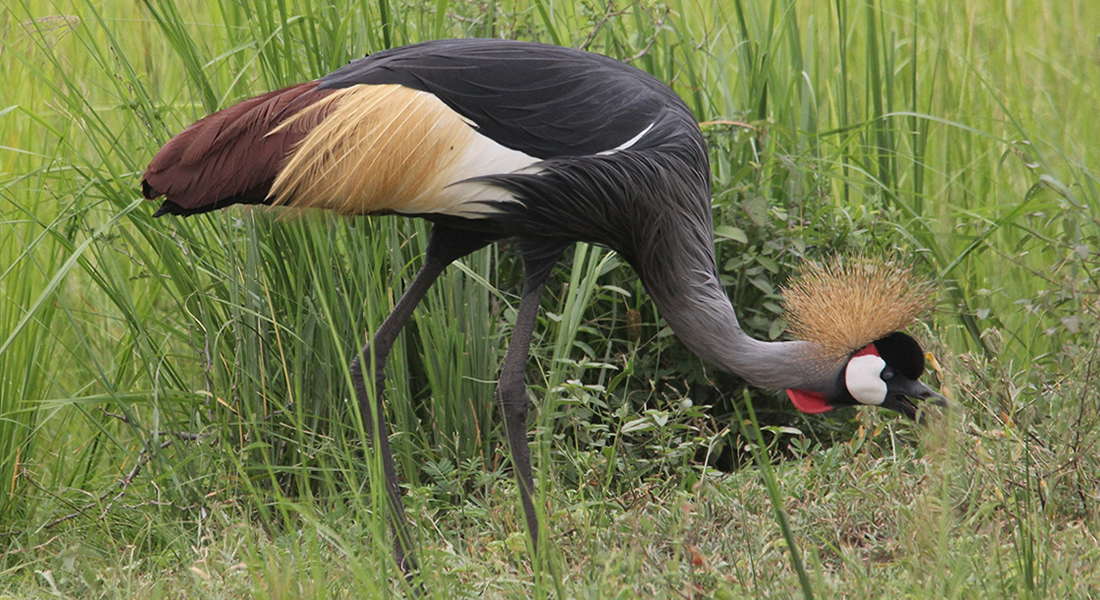
The dry season, which lasts from December to February and June to September, is the best time to visit the national park because it has the coolest temperatures. This is also the busiest season for tourism in the park. Many visitors wonder when is the best time to visit the national park. The weather is always favourable for sightseeing and game drives during the dry season. There is typically more sunshine and little rain during this time of year, and there are usually fewer or no mosquitoes inside the park. Animals are also easier to see during this time because they are closer to water sources. Tracking chimpanzees is also made easier because the trails are accessible.
The best time to go birding in Murchison Falls National Park is during the wet season, which lasts from March to April and August to November. At this time, very few people will be in the park, and birds will be present because they come around to eat fruits from trees. The park’s beauty will be at its peak due to flower bloom, new leaves on trees, and lush grass. Several bird species migrate to the national park during this season, and although viewing wildlife may need a little more patience during game drives due to icy roads, it is still possible to see wildlife at this period.
The Victoria Nile, the flora and fauna, Murchison Falls, Karuma Falls, Kanio Pabidi Forest, Budongo Forest, and the Para area are just a few of the attractive features that surround the Murchison Falls National Park. Activities like boat cruises to the bottom of the falls, hikes to the top of the falls, birding, chimpanzee tracking, game drives, and nature walks can all be done in and around these attractions.
The park has a tropical climate with hot temperatures that are consistent throughout the year due to its proximity to the equator. The park extends through the districts of Nwoya, Bulissa, Masindi, Gulu, and Kiryandongo. Although the park receives rainfall during the low season, it should be noted that because of Uganda’s unpredictable climate, it can rain at any time. For a safari, it’s a good idea to pack boots, long sleeve shirts and pants, hand gloves, sunscreen, caps and other necessities.
The park is located in northern Uganda, about five hours’ drive from Entebbe by road. Domestic flights from Entebbe or Kajansi can be scheduled to the nearest airstrip Pakuba to the Murchison Falls. The park is conveniently located with lodging options ranging from opulent to affordable.

